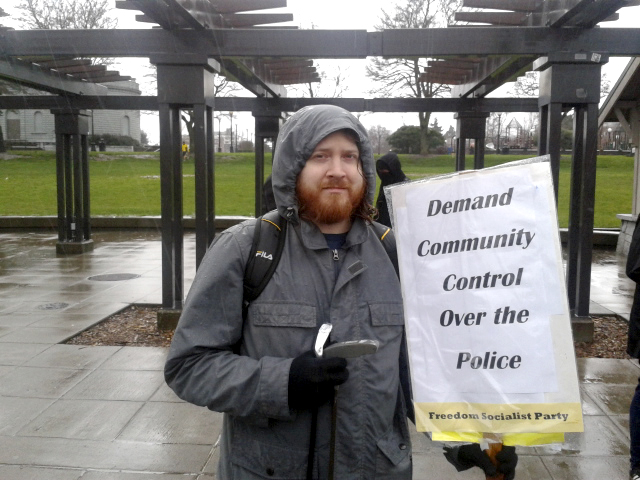Last month, two University of Washington political geeks were honored by Communication Arts for a program they developed called Legislative Explorer. The big-data project attempts to demystify the byzantine federal lawmaking process by showing how every single bill moves (or doesn’t) through the U.S. Congress. Using a graphic interface easy enough for Atari 2600 users to master, Legislative Explorer gives a livelier view of our do-nothing Congress. We spoke with the brains behind the cool new tool, Professor John Wilkerson.
Where did the idea for Legislative Explorer come
from? The physical sciences use visualizations to explore massive data sets. So what we thought was maybe we can take the same idea and apply it to political sciences. The general public’s view of the legislative process is basically the Schoolhouse Rock view, right? This is an alternative to that.
You wrote that “Americans understand the legislative process in terms of a ‘one size fits all’ linear narrative.” So what is that narrative? The narrative is that these individual members of Congress are coming up with ideas and then they’re introducing a bill and they’re sort of serving as a shepherd trying to move their individual bill through the process.The reality is the legislative process is a lot more complex than that.
How do you mean? Well, for example, there’s a miscellaneous omnibus trade bill, where the leaders of the committees are saying we’re going to do a trade bill, and so they send out a call inviting members to introduce bills to propose suspensions of duties on specific things.
So what you see is all of a sudden 600 bills are introduced by members and being referred to 45 committees. I wasn’t even aware of that process before Legislative Explorer because it’s hard to see in a table. But you look at it visually and fwoom, all this stuff happens.
And what happens to those bills? They all die. But the Ways and Means Committee reports out a single bill which has bundled all of them into it, and that becomes law.
How does this change the way we view Congress? We have a sense that [this] is a do-nothing Congress. But then if you use Legislative Explorer and you look at what’s happening, you’ve got 10,000 bills being introduced to 45 different committees, not to mention the subcommittees, so there’s all of this activity happening there. I don’t think the public appreciates that complexity, and Legislative Explorer gives people an opportunity to see that.
news@seattleweekly.com
This interview has been edited for length, clarity, and style.







